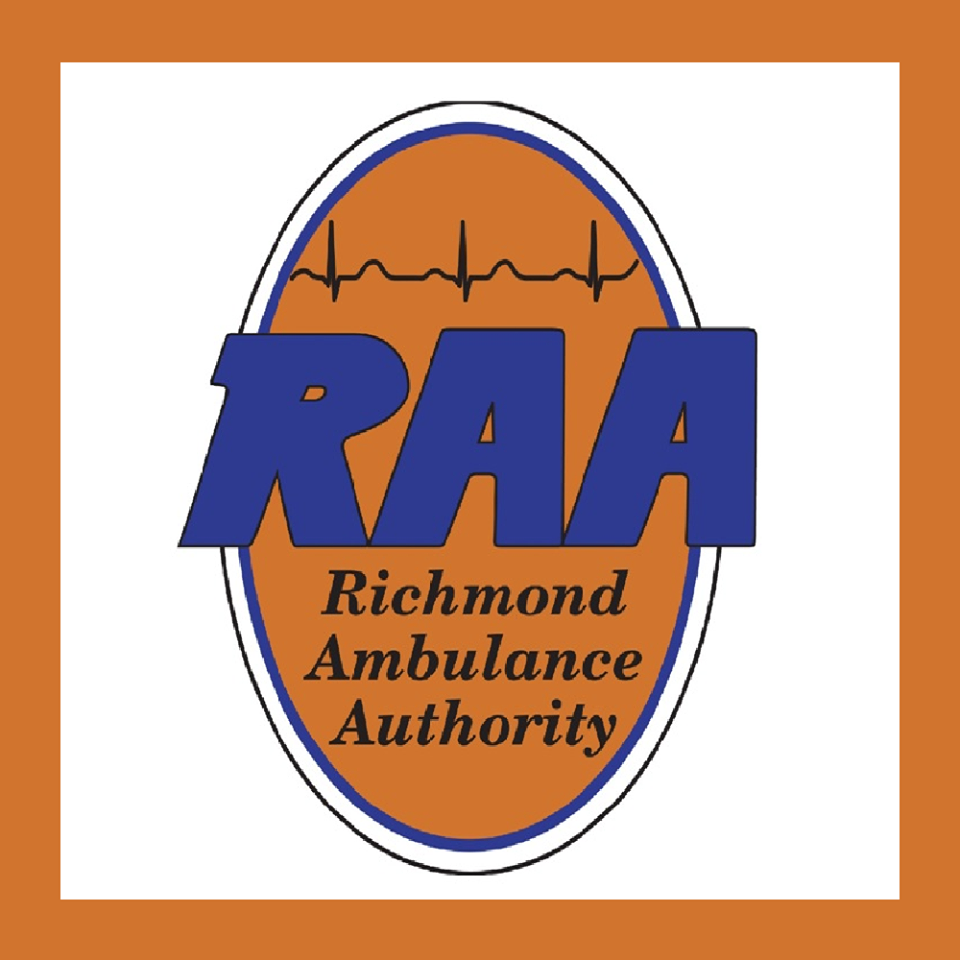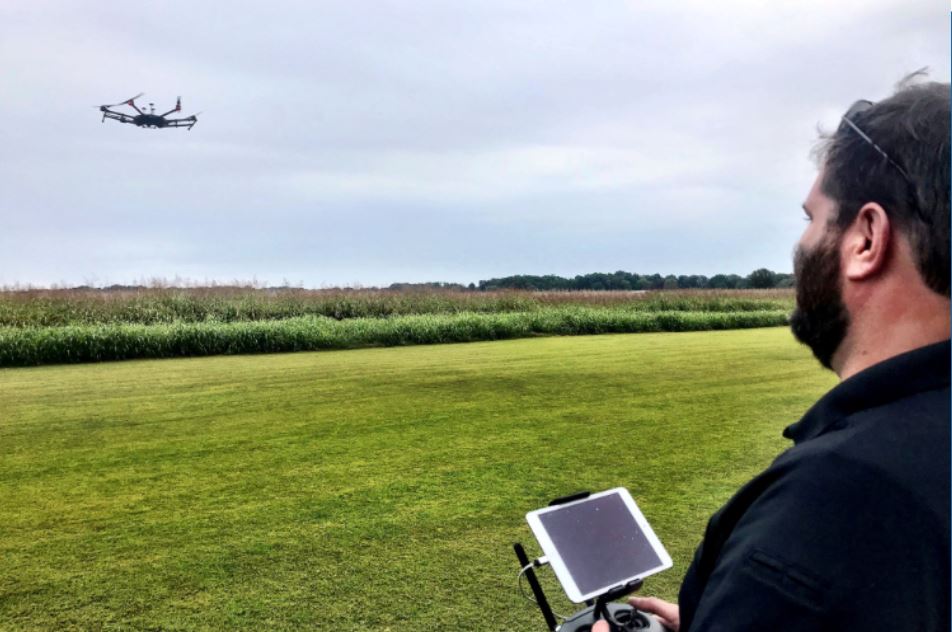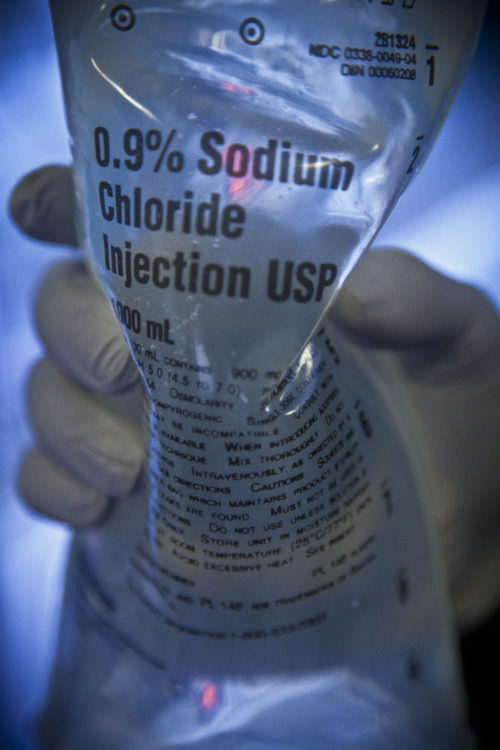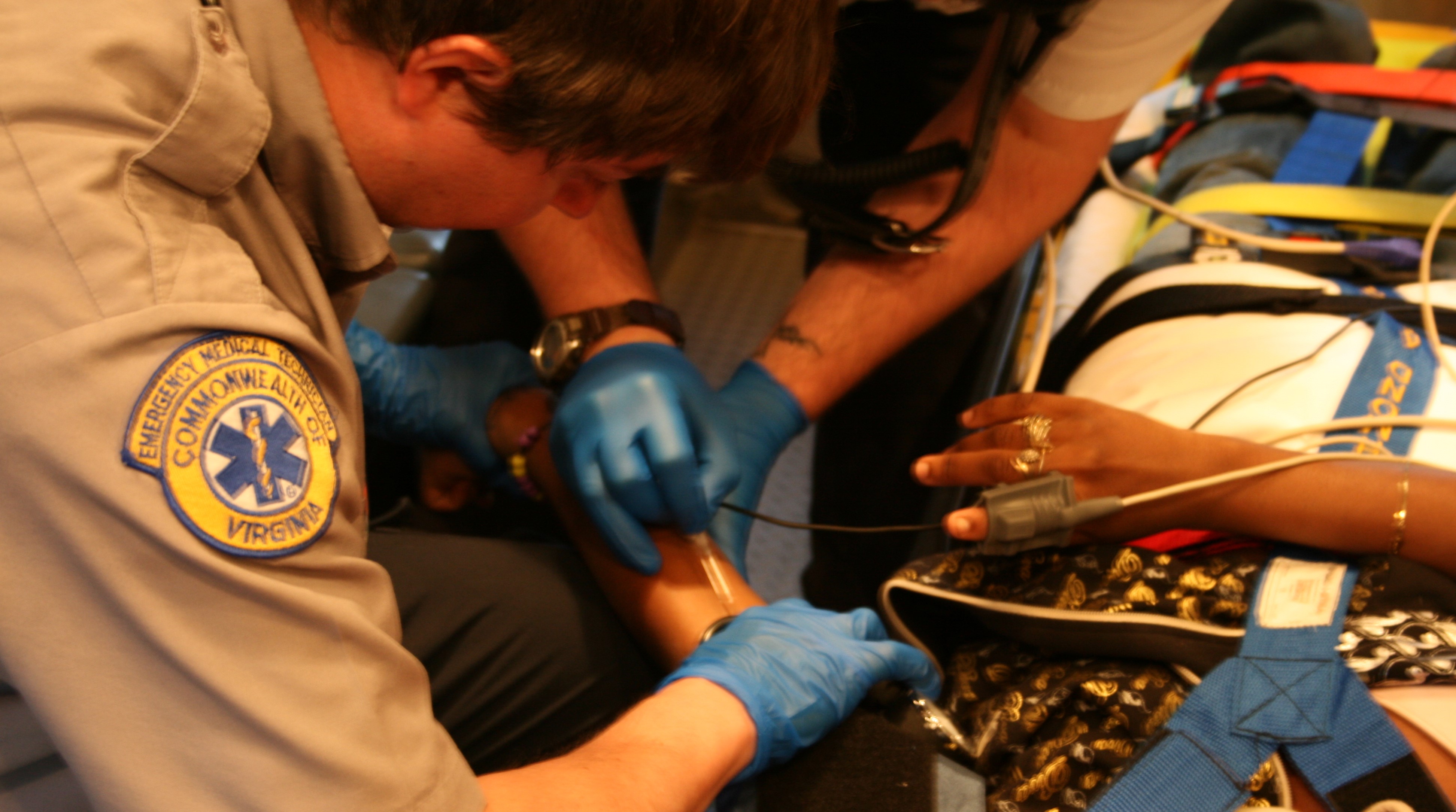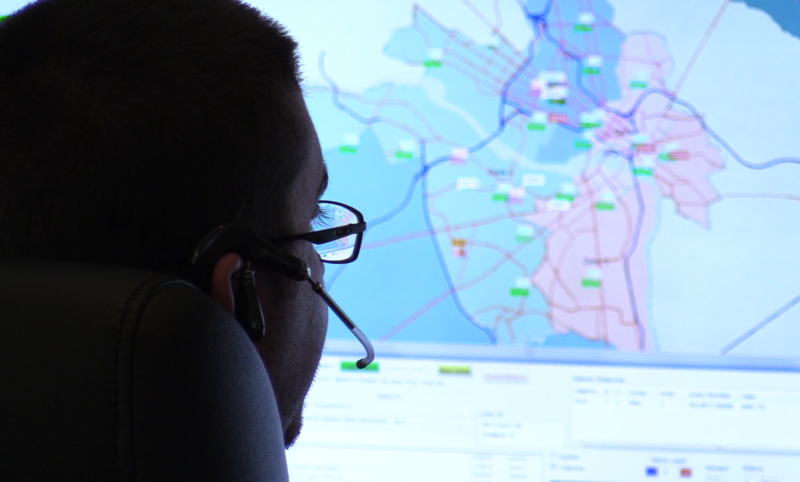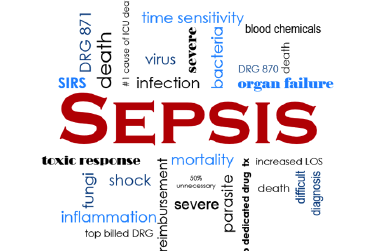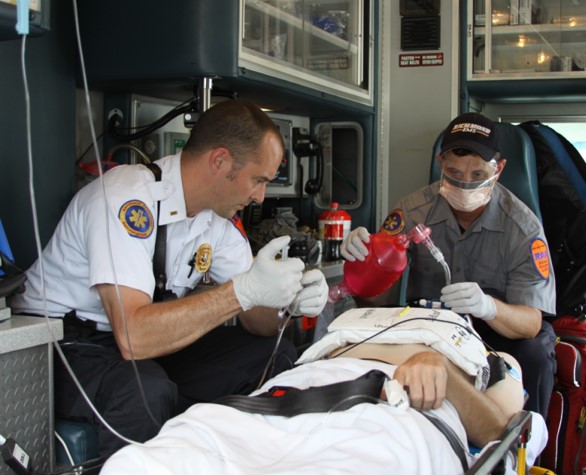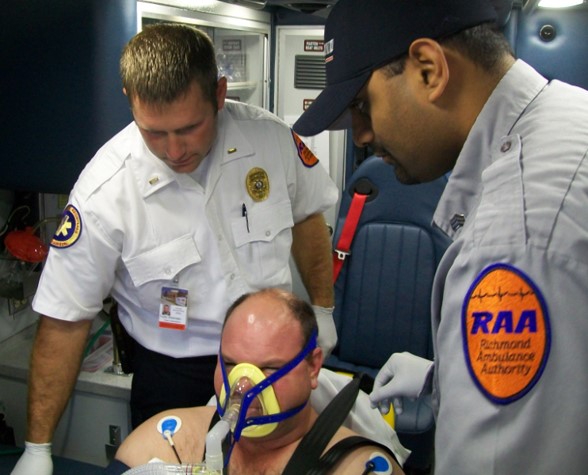Authored by Wayne Harbour, Chief Clinical Officer, Richmond Ambulance Authority
I remember the day of January 28, 1986 well. Two significant events happened. The Space shuttle Challenger exploded 73 seconds into its flight and I passed my Paramedic exam and became responsible for the lives of my fellow human beings.
A lot has changed in EMS since then. We don’t have to worry about Calcium Chloride and Sodium Bicarbonate making an insoluble precipitate, Capnography will tell us early we have intubated the esophagus and the lights on the ambulance are brighter and flash instead of rotating.
We do need to worry about making mistakes. Let me rephrase that, we need to not make the same mistake twice.
As EMS Leadership we should be creating an environment where we, both BLS and ALS practitioners, can learn from their mistakes and each other’s. Human beings are going to make mistakes. We need to acknowledge it. We need to accept it and move forward.
As a member of an experienced EMS Leadership team, we understand if we provide a venue where our employees can Self Report mistakes, we as a team can see what the root cause of the mistake is, then take appropriate steps to minimize the occurrences.
The purpose of self-reporting is a way to tell management when something goes out of the ordinary or is clinically or operationally unacceptable.
You could also call these “near misses.” Examples may include: administering the wrong medication because it had a similar shape and size to the right drug stored in the box next to it; administering the wrong medication for a variety of reasons; electing not to do or forgetting to do an important clinical procedure; not using the Medication Administration Cross Check card, etc.
It is non‐disciplinary in nature. Mistakes are part of the learning process.
The self-reporting procedure applies only when notification of an apparent violation is made to the Chief Clinical Officer of the Richmond Ambulance Authority (RAA) by the Paramedic or EMT-Basic of the crew. This should be completed immediately after the apparent violation has been discovered and before RAA management learns of the apparent violation by some other means.
Making the same mistake more than once is not part of the learning process, it is a repeated behavior pattern. A repeated behavior pattern is not addressed in self-reporting. Repeated behavior patterns may be addressed administratively and may include disciplinary action.
I remember being scared to death every time I made a mistake, (Not the same one twice though) and considered some creative writing to down play the event, mistake and/or booboo.
If we are asking our employee’s basically confess to the sin of being human and making a mistake then we need to give them a few things in return. That includes providing verification that an evaluation is underway to determine if it is a systemic problem, something lost in training or an urban treatment legend gone viral and a description of the corrective steps necessary to prevent the problem from recurring.
It is extra work, but it provides a safer environment for our patients (Remember the fellow human beings we became responsible for?) and for our employees.
Speaking of safe environments, this works with emergency vehicle operations also. It allows the employees to admit to poor vehicle operations. Once. Remember the axiom “Once is an oops, twice is a coincidence and three times is a pattern.”
Notifying the Operational Medical Director (OMD) of these is always a good thing. Most of the OMD’s I have known over the years like surprises when it pertains to their birthday. They don’t like surprises where they later have to start a sentence with, “Yes your honor I am the Medical Director.”
Describe to the OMD what protocols and or procedures were not followed and why they weren’t. (We have changed protocols and procedures because a better way was discovered through this.)
Then, identify the organization official responsible for monitoring the implementation and completion of the comprehensive solution. The solution process should be monitored and evaluated at 30, 60, and 90 days to assure the process has been implemented and no further identifiable problems arose during the process. (PDSA it until it works.)
A recent example: An employee was taking care of a patient who needed 4 mg of Magnesium Sulfate given over 5-10 minutes. He followed all the right steps. But the pump he was using wouldn’t deliver the amount of fluid. After looking at the protocol and the specifications of the pump it was found the protocol was responsible for the error. The protocol required the Magnesium Sulfate to be mixed with 250 cc of D5W. This exceeded the capacity for the pump to deliver. The protocol was changed to mix the Magnesium Sulfate with 100 cc of D5W which met the fluid delivery of the pump, the delivery of the medication and overall safety of the patient.
This can also be applied to customer service. As a profession we are headed to the same point for customer satisfaction as hospitals. Self-reporting negative or less than professional encounters with patients helps identify when an employee needs some assistance in dealing with the stress of the job. It can also trend if our patients are becoming less than appreciative of our service.
All I can say in closing is Self-Reporting works on many levels. From operating emergency vehicles to patient care and any idea you can come up with.
